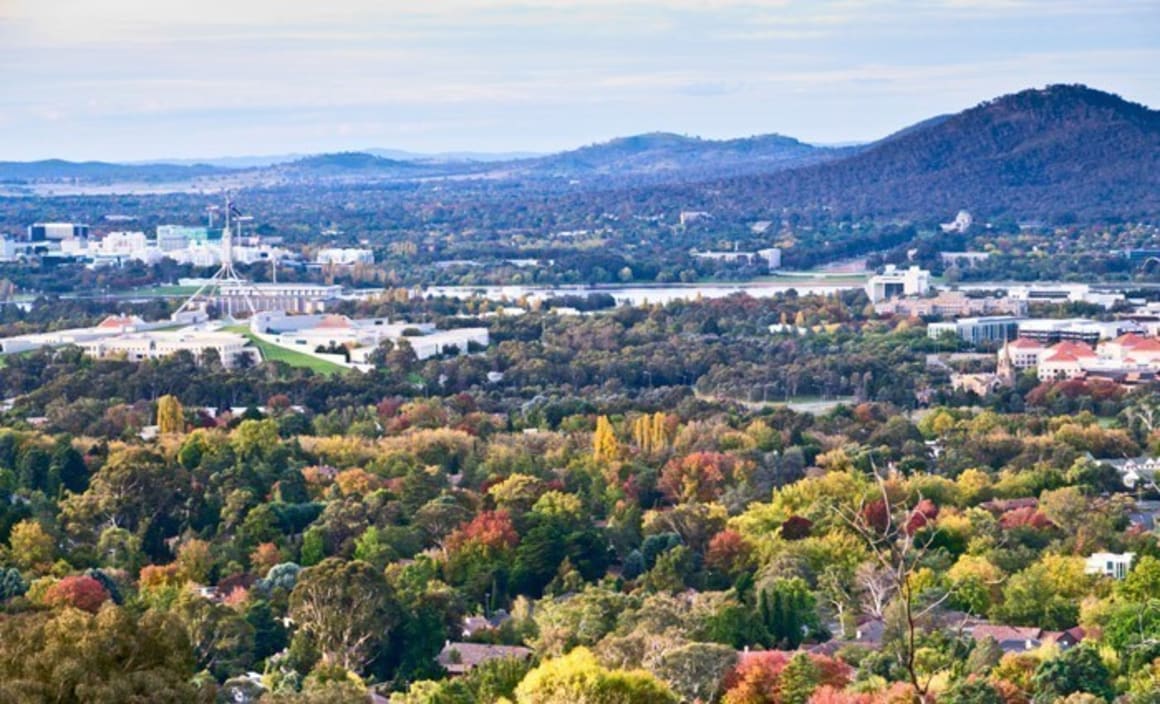Canberra forecasts strong next year and beyond: Terry Ryder

The QBE Australian Housing Outlook Report has added weight to other forecasts of a strong market in Canberra next year and beyond.
Its growth forecast for Canberra over the next three years is the highest among the state and territory capital cities.
The Housing Boom and Bust Report by SQM’s Louis Christopher also has a bullish prediction for Canberra. It suggests dwelling values in Canberra will increase by up to 9% in 2018. The only capital cities tipped to do better are Hobart and Melbourne, with Sydney growth waning.
This follows a strong period for the Canberra market over the past 12 months, although it’s difficult to know exactly how much house prices have increased.
The latest figures on price growth in Canberra show how difficult it is for consumers to make sense of the price data published in mainstream media. CoreLogic says Canberra house values are up 9% in the past 12 months, but Domain says 10.5% and SQM Research records a rise of 16%.
In the apartment market, SQM says Canberra is up 7%, CoreLogic says just 3% and Domain reports a small decline in prices. It’s difficult for consumers to get any direction from such conflicting information.
My assessment - based on all available data including sales volumes, vacancies and rental growth figures - is that the ACT housing market is strong and rising, but the unit market is less bullish, having been through a period of oversupply in the recent past.
The quarterly surveys of sales by Hotspotting show that the Canberra market has been upwardly-mobile for the past two years and this is now showing up in price growth data for the housing market.
Meanwhile the QBE report, which is fairly cautious and conservative in its overall predictions for the next three years, has Canberra leading on price growth up to 2020.
“With Federal Government employment being the key driver of economic growth, the outlook for Canberra will be closely linked with public sector employment growth,” it says. “Conditions in the house market are expected to remain largely positive, driven by population growth, an under-supply of houses and strong employment prospects.
“The median house price in Canberra is forecast to increase a cumulative 16% over the forecast period to $750,000 at June 2020. Canberra is forecast to have the strongest growing market of all the cities over this period.”
By way of background, it says: “Underlying demand for dwellings has been largely supported by population growth. The net interstate outflow has been shrinking over the past four years, with the 2016-17 period resulting in an estimated net inflow of 800 persons. The net overseas migration inflow has also increased to an estimated 2,200 over 2016-17 and appears to be largely related to growth in overseas students.
“The Australian Capital Territory unemployment rate is tightening, indicating an improvement in local economic conditions. At March 2017, unemployment was 3.7% compared to 4.5% in December 2015. Improved demand has led to a tighter vacancy rate of 1.3% in June 2017.”
The report’s comments reinforce my viewsabout the fundamental importance to property markets of events in the local economy, rather than national factors such as the level of interest rates.
Investors looking to capitalise on Canberra’s rising market should be focusing their attention in the north.
A regular feature of Hotspotting’s sales activity surveys is that the busiest markets in Canberra are in the northern suburbs.
Our Spring survey for The Price Predictor Index confirms that, while there are now growth suburbs across the Canberra metropolitan area, the strongest precincts once again are the Belconnen and Gungahlin districts.
Suburbs with rising markets in the Belconnen District include Florey, Flynn, Holt and Evatt. Buoyant markets in the Gungahlin precinct include Casey, Ngunnawal, Crace and Palmerston.
The Inner North precinct is also solid, led by good sales activity in Lyneham and Ainslie.
Overall, as I have often commented, the stand-out characteristic of Canberra is the steadiness of its performance.
That, plus the low vacancies and the growth numbers now emerging (including with rentals), make the national capital increasingly appealing for investors.
Terry Ryder is the founder of hotspotting.com.au